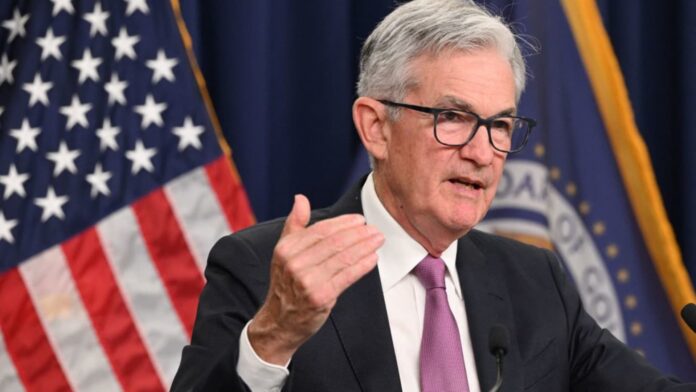The Federal Reserve’s rate hikes may be wreaking havoc on investors’ stock portfolios, but it’s suddenly giving them lots of options offering safe and high returns. For example, the yield on the risk-free 2-year U.S. Treasury hit 3.99% on Tuesday, the highest since 2007 and a nice return compared to what equities are providing investors these days. The rates on all sorts of fixed income products are surging because of the Fed’s actions, giving frazzled stock investors lots of steady alternatives now. “We are definitely in a very uncertain time and the high inflation that we’re seeing is something that most investors have not dealt with for many decades,” said Geetu Sharma, founder and investment manager of AlphasFuture in Minneapolis. “So, a lot of the traditional approaches to investing are being questioned.” The Fed is expected to deliver a third consecutive 0.75 percentage point rate hike on Wednesday. The threat of higher rates has weighed on stocks this year – the S & P 500 is down 19% year to date – but should continue to boost these other assets. Here’s where investors can find returns and relative safety in choppy markets. Short-term U.S. Treasury bonds U.S. Treasury bonds are often a hedge for stock market volatility, but longer-term ones are taking a hit as interest rates rise. Those on the shorter end of the curve, however, aren’t as sensitive to interest rate hikes and may make more sense for investors looking for safety and yields, especially if they are held to maturity. “What is really working right now is to reduce duration,” said Sharma. For example, the yield on the U.S. 2-year Treasury is higher than the yield on the 10-year, which briefly hit 3.604%, its highest since April 2011. That means investors buying the shorter-term bonds are getting more for their money over a smaller amount of time. Other short-term bonds have higher yields for investors now. The rate on the 3-month bill is 3.3%, while the 6-month yields about 3.9%. The 1-year bill is yielding roughly 4%. I-bonds Series I savings bonds have been a popular bet for investors this year because they’re surging along with inflation and have very little risk. Bonds of this type bought through October will have a record-high annual rate of 9.62%. It’s the highest annual rate I-bonds have had since the U.S. Treasury started issuing them in 1998. They are also subject to almost zero risk as the y don’t lose value when held for a certain amount of time. On the flip side, there is a slight penalty if you pull money out of I-bonds early, and there are limits to how much money you can put into the bonds. Annuities Annuities that offer protection against stock market volatility and guarantee solid rates of return have skyrocketed this year. Sales surged 22% to a record $77.5 billion in the second quarter of 2022, according to preliminary data by Limra. Fixed-income annuities, which are the most popular right now, guarantee buyers a certain rate of return over a fixed timeframe. For example, the Midland National Life Oak Advantage 3-year annuity currently offers a 4.40% rate. The same product in five- and seven-year iterations have rates of 4.70% and 4.85%, respectively. Of course, investors should be careful to check for fees before buying an annuity. Sometimes such products come with high costs that eat into returns. CDs and high-yield savings accounts Certificates of deposit and high-yield savings accounts are two other alternatives for risk-averse investors who want to protect their money and enjoy modest growth. CDs will work for investors that don’t mind locking up their money for the duration of the asset. Generally, a shorter timeframe is recommended to ensure you aren’t keeping your funds out of higher-yielding assets for too long. Currently, top-rated six-month CDs yield between 1.8% and 2.5%, according to Bankrate. One-year CDs have rates between 2.75% and 3%. High yield savings accounts will generally have the lowest rates of return but do benefit as the Fed raises its benchmark interest rates. Currently, the top high-yield savings accounts have returns around 2.5%, according to Bankrate. They are also the lowest risk as you can access your money at any time.
© heardonwallstreet.com


